#CustomerReviewScraping
Explore tagged Tumblr posts
Text
Extracting Customer Reviews from Food Delivery Apps for Sentiment Analysis
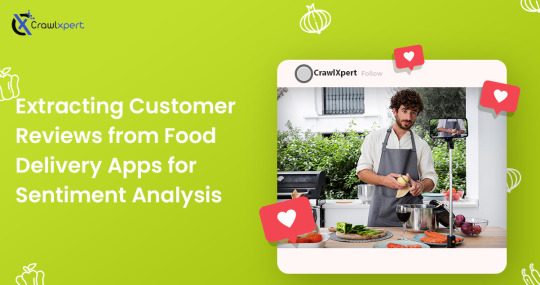
Introduction
Customer reviews are a goldmine of information for businesses operating in the food delivery industry. With these reviews, customers could give an insight into areas they are satisfied with, their preferences, and what they want to improve. The plethora of food delivery websites like Uber Eats, DoorDash, Grubhub, and Zomato has now driven most businesses to extract and analyze customer data to improve their delivery systems for better market competition.
Sentiment analysis helps organizations perform customer-level analysis and trend detection, which can then be used to develop products based on real-world, actual feedback. Web scraping will also help businesses gather customer reviews/feedback from food delivery apps, and analyze sentiment in data collected from different sources such as apps and online communities. This blog examines the extraction of customer reviews, their methods of web scraping, the challenges involved, and effective practice techniques for conducting sentiment analysis.
Why Extract Customer Reviews from Food Delivery Apps?
1. Understanding Customer Sentiment
Customer reviews are often written to show the feelings that exist within a group of customers for a restaurant, a food item, or even a delivery service. Through this analysis of the sentiment, businesses can quantify the general trend in the attitudes of their customers, be they happy, dissatisfied, or neutral.
2. Pain Points Detection
By extracting reviews, it helps businesses identify recurring customer complaints, for example, late deliveries, food quality issues, high service charges, and poor customer care. Addressing these common issues will lead to enhanced satisfaction for all consumers.
3. Competitive Benchmarking
Through a competitive review of comments, a food delivery service will understand where it stands compared to its competitors in the service, prices, and quality offered. Competitive sentiment analysis provides wonderful insights into companies' strengths and shortcomings.
4. Enhancing Brand Reputation
Businesses can build an improved reputation and have great relationships with their customers by tracking customer reviews and taking proactive actions on negative customer reviews.
5. Data-based Decision Making
The analysis of customer sentiment assists businesses in making decisions based on data from a given customer when it comes to menu enhancement, pricing changes, and marketing campaigns.
Methodologies for Extracting Customer Reviews
1. Identifying Target Platforms
To perform sentiment analysis, businesses must collect reviews from leading food delivery platforms. Some major apps include:
Uber Eats – Offers a wide range of restaurant options globally.
DoorDash – Dominant in North America, known for rapid deliveries.
Grubhub – Features local and chain restaurants with extensive customer feedback.
Zomato – Popular in India and the Middle East, known for detailed restaurant reviews.
Swiggy – Leading Indian food delivery service with comprehensive user feedback.
Postmates – Provides food, groceries, and essentials with customer ratings.
Deliveroo – Strong presence in the UK and Europe, with extensive review data.
Just Eat – Offers food delivery services across European markets.
Foodpanda – Serves Asia and Eastern Europe with multilingual customer reviews.
Glovo – Provides restaurant deliveries along with grocery and retail services.
2. Data Fields to Extract
Key data points to extract from customer reviews include:
Review Text – The actual customer feedback.
Rating Score – Numeric rating (e.g., 1-5 stars).
Customer Name (if available) – Some platforms display user details.
Date of Review – Helps track sentiment trends over time.
Restaurant Name – Identifies which restaurant the review belongs to.
Order Details (if available) – Extracting menu items for granular analysis.
3. Web Scraping Tools and Techniques
Web scraping is the primary method for extracting reviews from food delivery apps. Some commonly used tools and technologies include:
Scrapy – A Python-based framework ideal for large-scale data extraction.
Selenium – Useful for scraping JavaScript-rendered pages.
BeautifulSoup – Extracts structured data from HTML pages.
Puppeteer – Automates headless browser interactions for complex websites.
API Integration – Some platforms offer official APIs for structured data access.
4. Handling Anti-Scraping Mechanisms
Food delivery platforms employ various anti-scraping measures, including:
CAPTCHAs – Preventing bots from excessive data extraction.
IP Rate Limiting – Restricting access based on request frequency.
Dynamic Content Loading – Using JavaScript to load reviews asynchronously.
To overcome these challenges, businesses use techniques like:
Rotating IP Proxies – Prevents detection by mimicking multiple users.
User-Agent Rotation – Avoids detection by altering browser identifiers.
Headless Browsing – Simulates real user behavior for seamless data extraction.
Sentiment Analysis of Extracted Customer Reviews
1. Preprocessing the Data
Before performing sentiment analysis, extracted reviews must be cleaned and structured. Steps include:
Removing Special Characters & HTML Tags – Eliminates unwanted symbols and formatting.
Tokenization – Splitting text into individual words for analysis.
Stopword Removal – Eliminates common words that do not add meaning (e.g., "the," "and").
Lemmatization – Converts words to their root forms (e.g., "delivering" → "deliver").
2. Sentiment Analysis Techniques
Once preprocessed, reviews undergo sentiment analysis using various techniques:
a. Lexicon-Based Approach
This method uses predefined sentiment dictionaries (e.g., VADER, TextBlob) to assign sentiment scores to words and determine overall sentiment polarity (positive, negative, or neutral).
b. Machine Learning Models
Supervised ML algorithms such as Naive Bayes, Support Vector Machines (SVM), and Logistic Regression are trained on labeled review datasets to classify sentiment.
c. Deep Learning Methods
Advanced neural networks like Long Short-Term Memory (LSTM) and Transformers (e.g., BERT) analyze sentiment based on contextual word meanings.
3. Visualizing Sentiment Trends
Extracted sentiment data can be visualized using:
Word Clouds – Highlighting frequently mentioned keywords in reviews.
Sentiment Distribution Charts – Displaying positive, negative, and neutral review proportions.
Time Series Analysis – Tracking sentiment trends over time.
Challenges in Extracting and Analyzing Customer Reviews
1. Review Manipulation & Fake Reviews
Many businesses post fake reviews to manipulate their ratings. Detecting and filtering fake reviews requires advanced anomaly detection algorithms.
2. Language & Context Challenges
Customer reviews often include slang, abbreviations, and context-dependent meanings, making sentiment analysis complex.
3. Data Privacy & Compliance
Extracting customer reviews must comply with GDPR, CCPA, and platform-specific policies to ensure ethical data usage.
4. Sentiment Ambiguity
Some reviews contain mixed sentiments (e.g., "The food was great, but delivery was late"). Multi-label sentiment classification helps address this issue.
Best Practices for Review Extraction and Sentiment Analysis
Use API Access When Available – Avoid scraping by using official APIs if provided.
Ensure Compliance with Data Regulations – Follow ethical and legal guidelines while extracting data.
Implement AI-Powered Fake Review Detection – Use machine learning to filter out suspicious reviews.
Regularly Update Scraping Scripts – Adapt to website structure changes and prevent data extraction failures.
Monitor Sentiment Trends in Real-Time – Set up dashboards for continuous monitoring of customer feedback.
Conclusion
What must be eye-catching are customer reviews from food delivery apps, as they provide important insights for businesses into how they can improve the customer experience as well as services. Structured data extraction techniques such as web scraping, API integration, and manual collection can help organizations mine sentiment trends for data-based strategic formulation and comply with data privacy legislation governing ethical data handling. CrawlXpert provides advanced extraction and analytics solutions to help make customer reviews more accessible. This will give organizations a competitive advantage in the food delivery business.
Know More : https://www.crawlxpert.com/blog/extracting-customer-reviews-from-food-delivery-apps
#CustomerReviewScraping#FoodDeliverySentiment#SentimentAnalysis#FoodAppReviews#ExtractingCustomerReviews
0 notes
Text
How Korean Consumer Review Scraping from Naver Blogs Helps Decode Local Buying Trends?
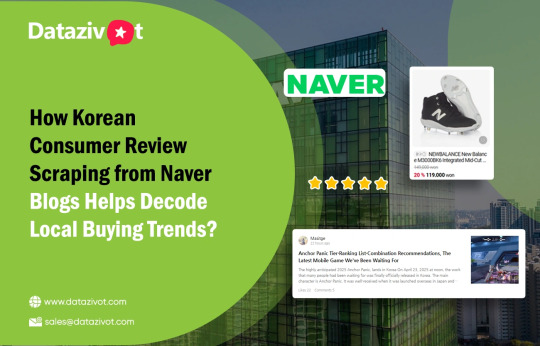
Introduction
In the digital-first Korean market, customer opinions are more than just reactions—they are data-rich insights that drive purchasing decisions, product development, and brand perception. To stay competitive, businesses must dig deeper into these insights through Korean Consumer Review Scraping.
With South Korea’s tech-savvy population increasingly turning to platforms like Naver Blogs and Naver Café to share feedback, Review scraping from Naver blogs has become an essential strategy for brands and market researchers.
By using tools like a Naver review extractor, companies can uncover patterns in consumer sentiment, track product performance, and gain competitor intelligence in real time. Whether you're in cosmetics, electronics, or fashion, Scraping Naver blog reviews helps identify what truly matters to Korean consumers.
Naver User-Generated Review Content Growth (2020–2025)

This surge makes review scraping a must-have for brands eyeing Korea’s dynamic digital marketplace.
Why Naver Blogs Are a Goldmine of Consumer Insights?
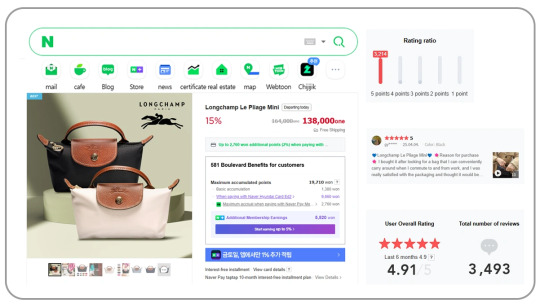
When it comes to understanding Korean consumer behavior, Naver is the undisputed epicenter of digital activity. As South Korea’s most visited search engine, Naver is not just a search tool—it’s a content ecosystem filled with millions of blogs, reviews, and community discussions. For marketers and data analysts, this makes it a treasure trove for Naver product reviews scraping.
Consumers in Korea are notably expressive and detailed in sharing their product experiences. Whether it's unboxing a new beauty product, comparing smartphones, or reviewing the latest tech gadgets, Naver users generate a massive volume of actionable insights.
With Naver Café review scraping, brands can zoom into niche communities where users openly discuss product features, pricing, durability, and user experience—often before that product gains international traction.
Leveraging Review scraping from Naver blogs, businesses gain direct access to these conversations. This content isn’t curated or biased by marketing teams—it’s raw, authentic, and highly relevant.
When you extract Naver customer reviews, you're uncovering genuine buyer sentiment that helps refine products, adjust pricing strategies, or identify new feature demands.
Moreover, Naver user review data extraction provides demographic segmentation, allowing businesses to analyze how different age groups or regions respond to products.
Combine this with Web Scraping Naver Product Reviews Data, and the result is a comprehensive market intelligence solution tailored for precision marketing and product development.
Growth of Naver-Based Review Content (2020–2025)

This exponential growth proves that Web Scraping Naver Product Reviews Data is not just a trend—it’s a vital practice for any business wanting to thrive in South Korea’s dynamic e-commerce landscape.
Benefits of Scraping Naver Blog Reviews
South Korea’s digital-first consumer base generates a wealth of data daily. Automated review scraping from Naver Blog and Café allows businesses to mine this data for valuable insights. Here's how:
1. Localized Consumer Sentiment Analysis
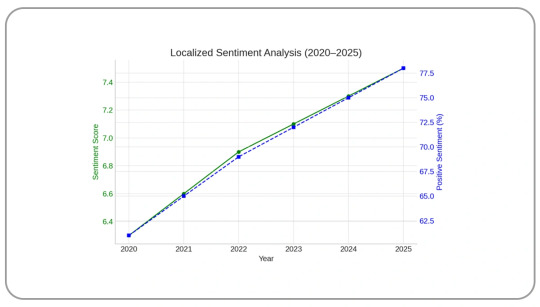

2. Detailed Product Experience
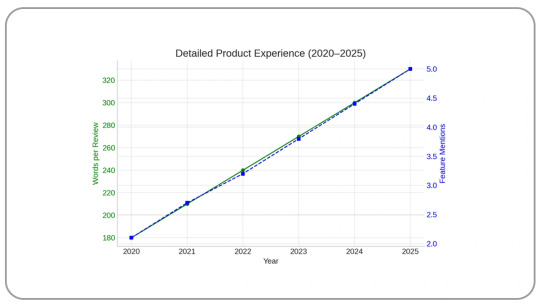
Naver product reviews scraping uncovers granular feedback—how products are used, compared, and evaluated long term. When you extract Naver customer reviews, you access real-world usage data across categories like cosmetics, electronics, and fashion.

3. Real-Time Competitive Intelligence
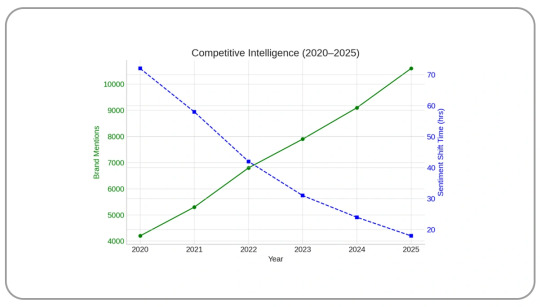
With Web Scraping E-Commerce Product Reviews Data , brands monitor competitor reviews, sentiment shifts, and campaign impact instantly. Naver user review data extraction helps respond proactively to market feedback.

4. Segmented Targeting with Niche Communities
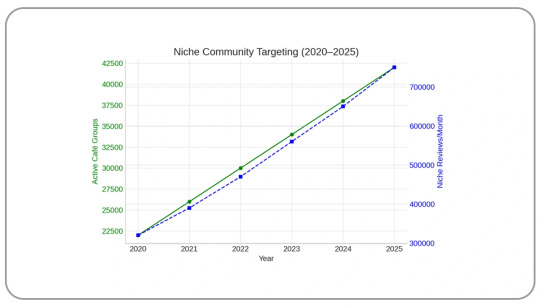
Scraping product reviews from Naver Café communities uncovers insights from hyper-targeted groups—parenting, fitness, beauty, etc. With Naver Café review scraping, brands can fine-tune products for these segments.

5. Automation at Scale
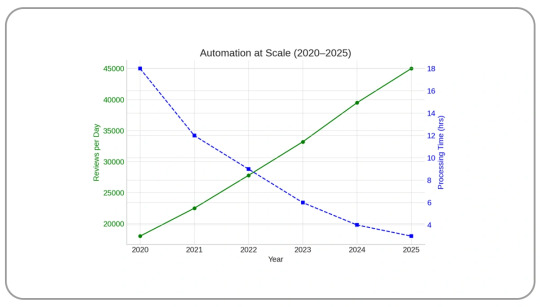
Automated review scraping from Naver Blog and Café enables continuous data flow for timely insights. Integrating with Review scraping from Naver blogs ensures consistency, scale, and speed.

Tools & Techniques for Review Scraping from Naver Blogs
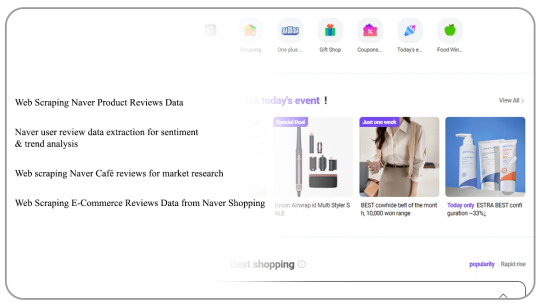
To collect and structure large-scale review data, Datazivot uses automated and AI-powered scraping tools. Our Naver review extractor ensures high-accuracy data collection, even from JavaScript-heavy or paginated content. With Automated review scraping from Naver Blog and Café, we ensure speed, scale, and precision—essential for actionable insights.
Our services include:
Web Scraping Naver Product Reviews Data
Naver user review data extraction for sentiment & trend analysis
Web scraping Naver Café reviews for market research
Web Scraping E-Commerce Reviews Data from Naver Shopping
Whether you’re a local brand or a multinational expanding into Korea, structured review data fuels everything from product development to digital marketing.
Why Choose Datazivot?
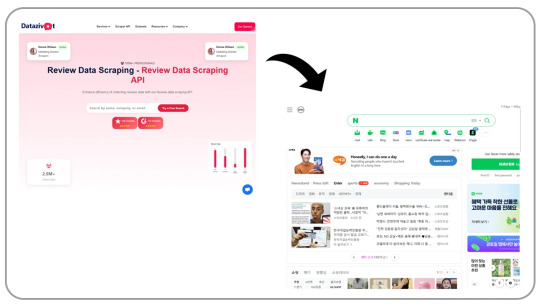
At Datazivot, we understand that raw data is just the beginning. Through advanced Korean consumer review scraping, we deliver structured, cleaned, and deeply analyzed Datasets from Naver Blogs and Cafés.
Our tailored solutions empower clients to monitor product reception across demographics, track competitor sentiment shifts, identify trending features and recurring complaints, and generate intuitive dashboards for data-driven decisions.
Using our specialized Naver review extractor, we go beyond just Review scraping from Naver blogs—we transform insights into strategic action. With precision Scraping Naver blog reviews, Datazivot turns customer feedback into a competitive edge for your brand.
Conclusion
Korean consumer review scraping through platforms like Naver Blog and Café is not optional—it’s essential for businesses wanting to resonate with Korean buyers.
By leveraging Review scraping from Naver blogs, you unlock real-time, authentic feedback that shapes smarter, localized strategies. Partner with Datazivot today to power your growth with deep, local consumer insights!
Originally Published By https://www.datazivot.com/scraping-korean-consumer-reviews-naver-blog-cafe.php
#koreanreviewscraping#naverreviewextractor#naverblogscraping#navercafescraping#extractnaverreviews#naveruserreviews#naverproductreviews#ecommercereviewscraping#webscrapingkorea#webscrapingapi#reviewdataextraction#customerreviewscraping#scrapenavercafe
0 notes
Text
Why Customer Reviews Matter: Understanding The Importance Of Review Collection For Business
Review collection is vital for businesses as it influences consumer trust, enhances online visibility, and provides valuable feedback for improvement. Positive reviews attract customers, while constructive criticism helps refine products and services, driving growth and success.
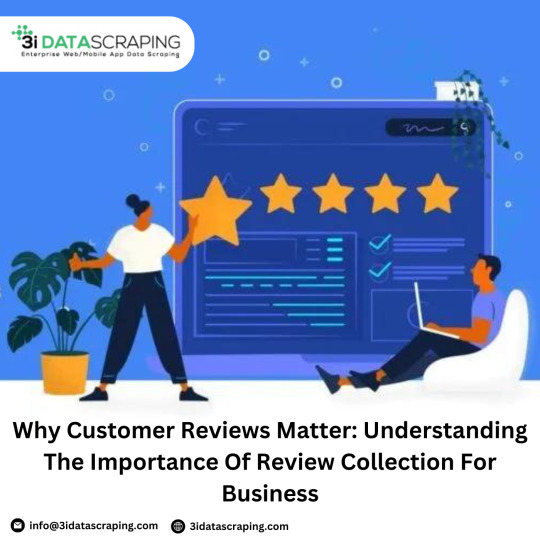
0 notes